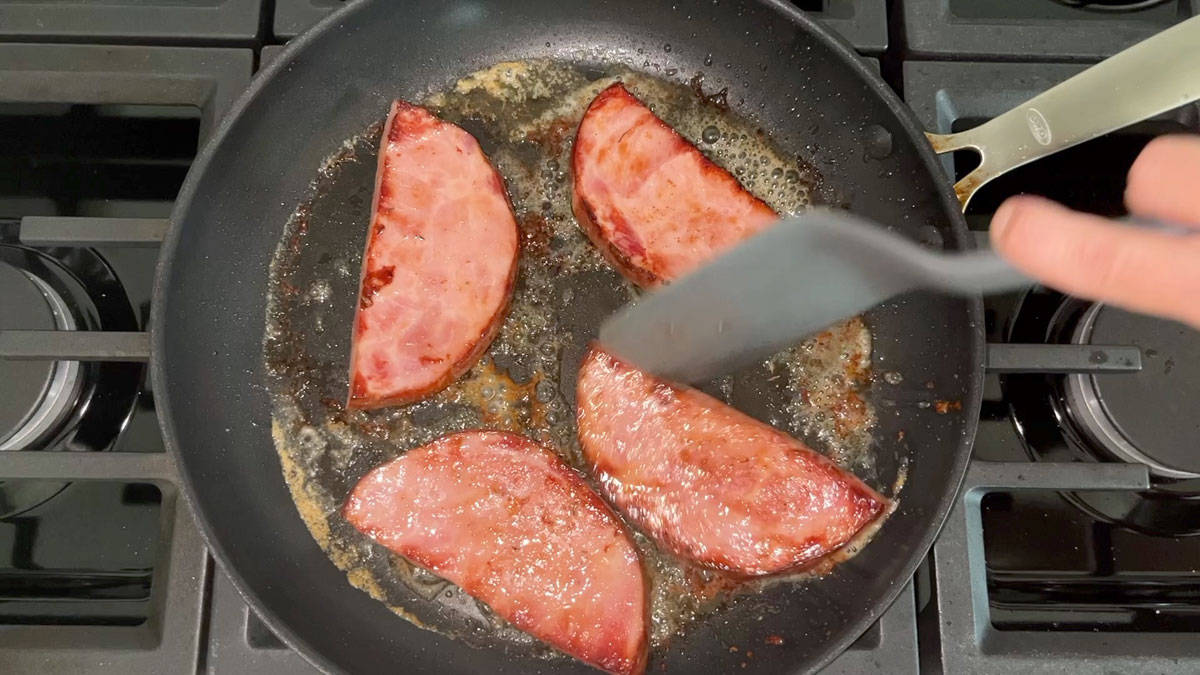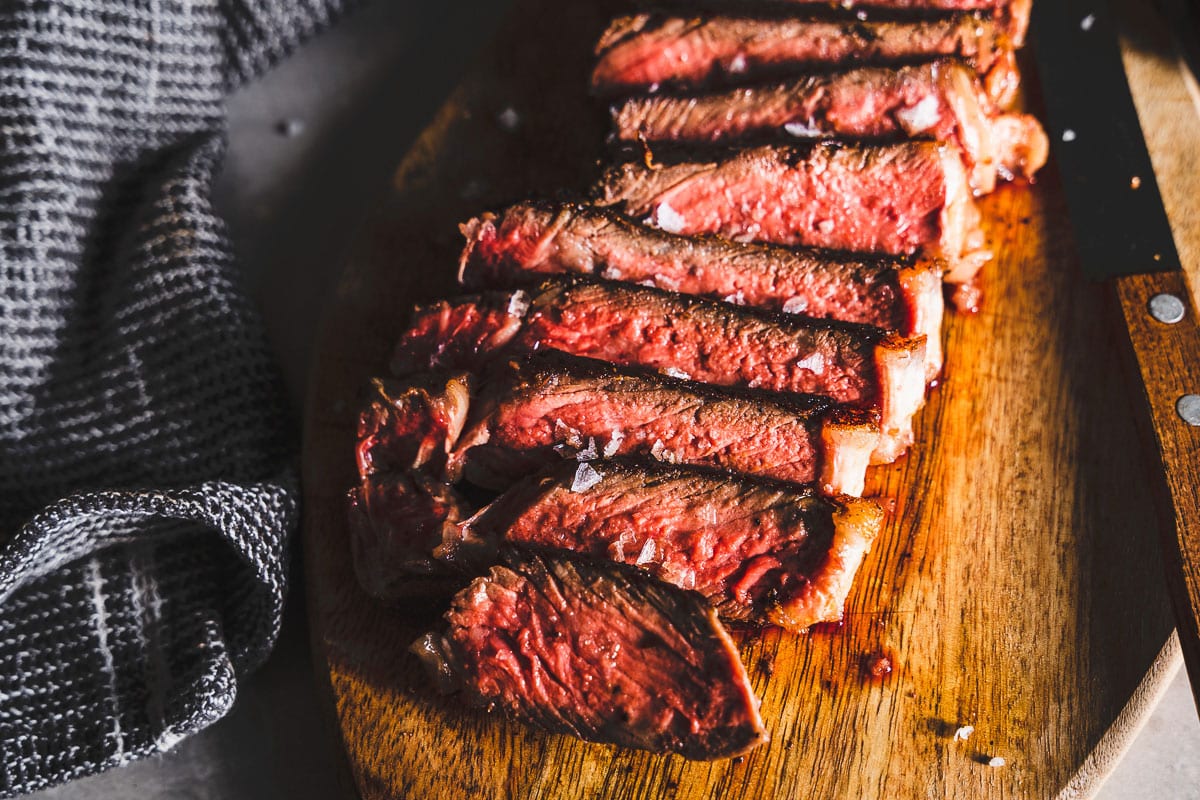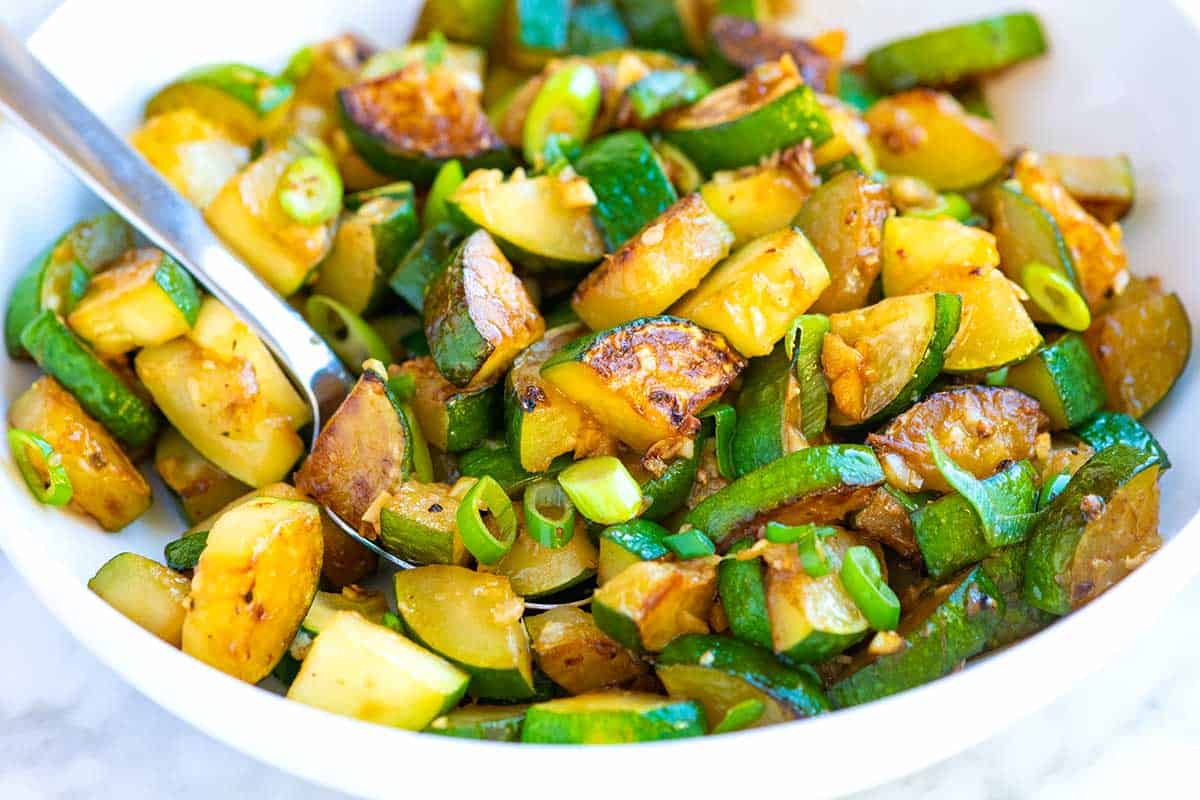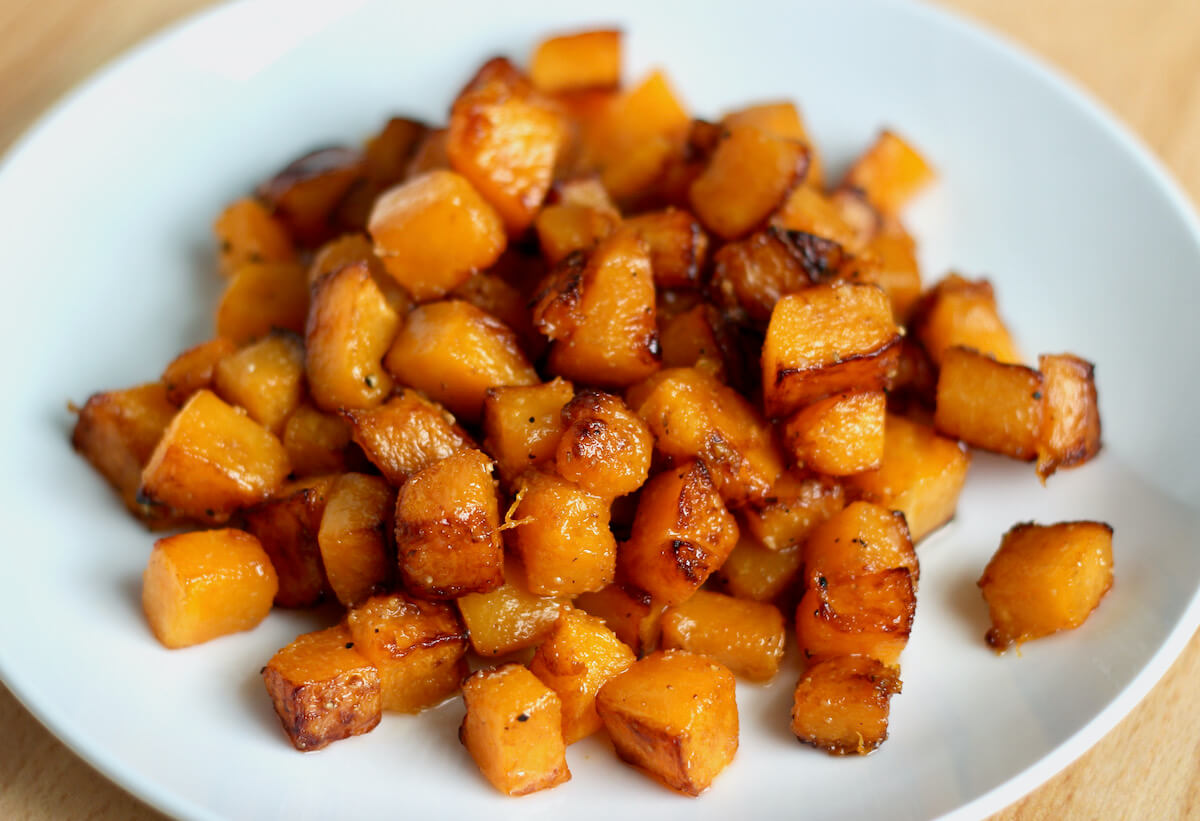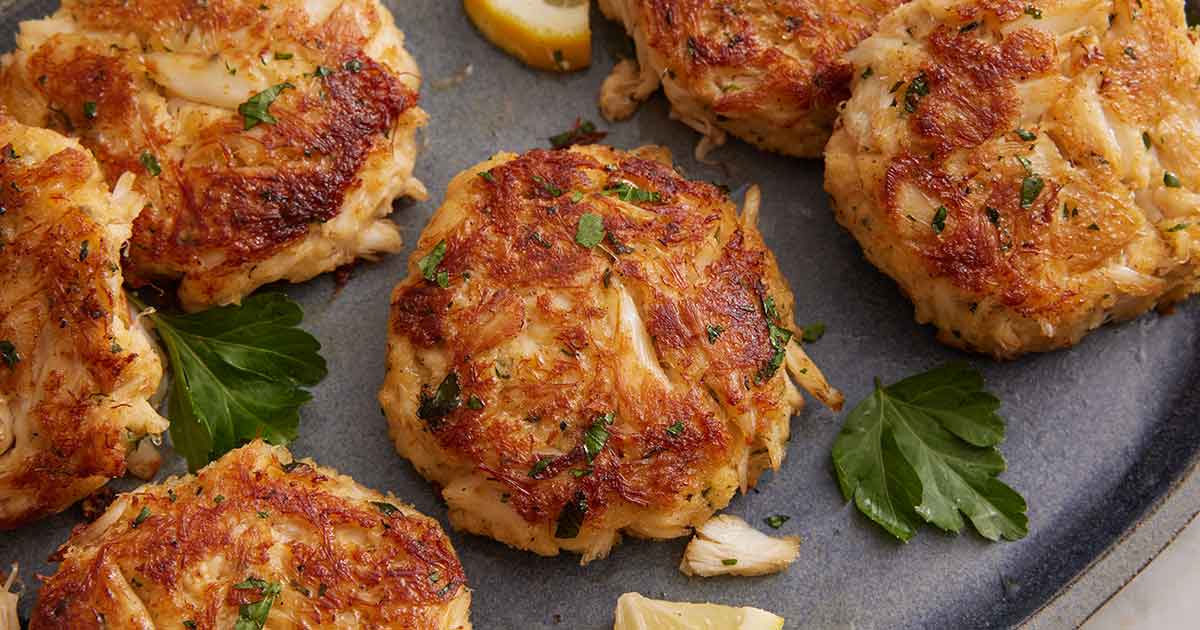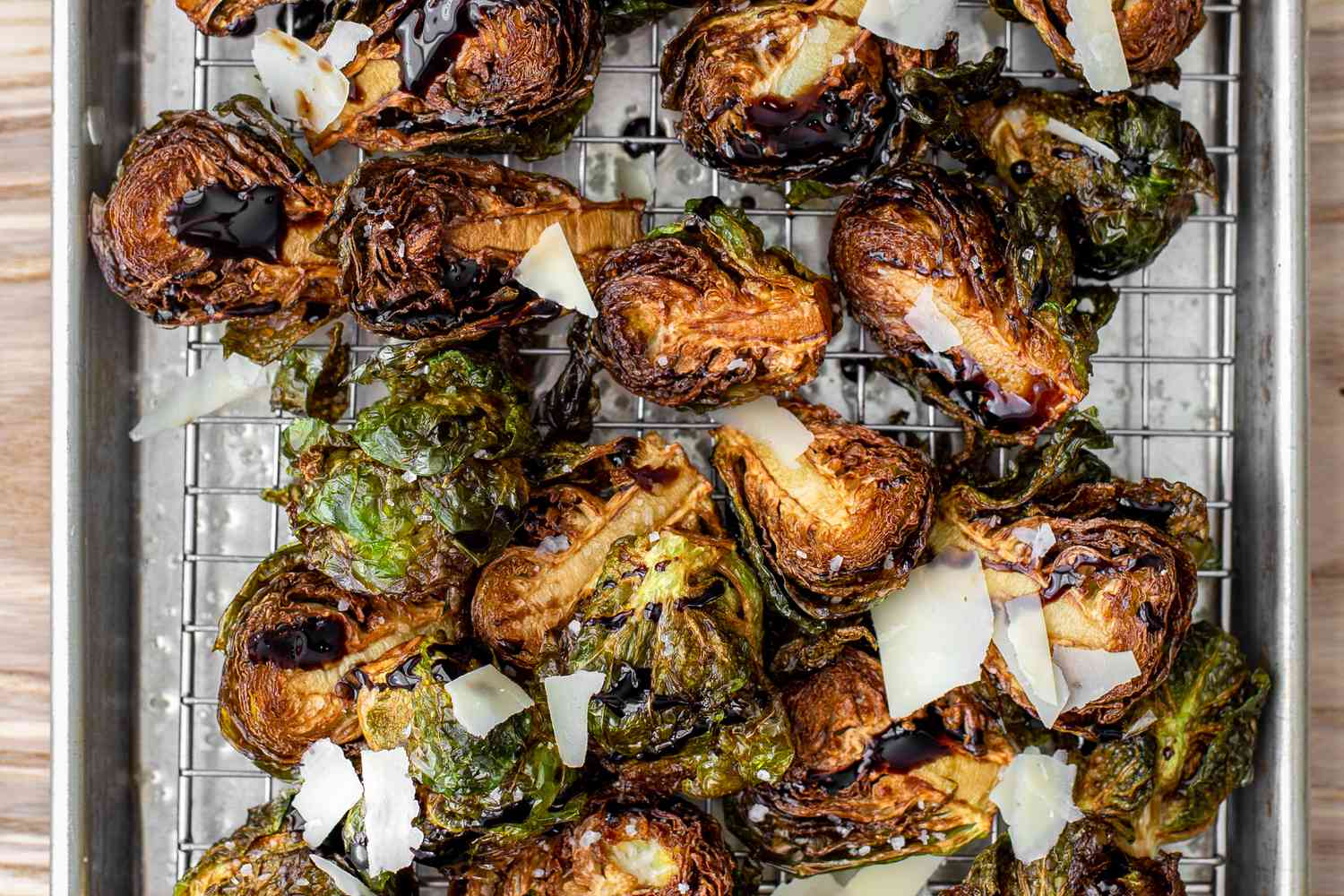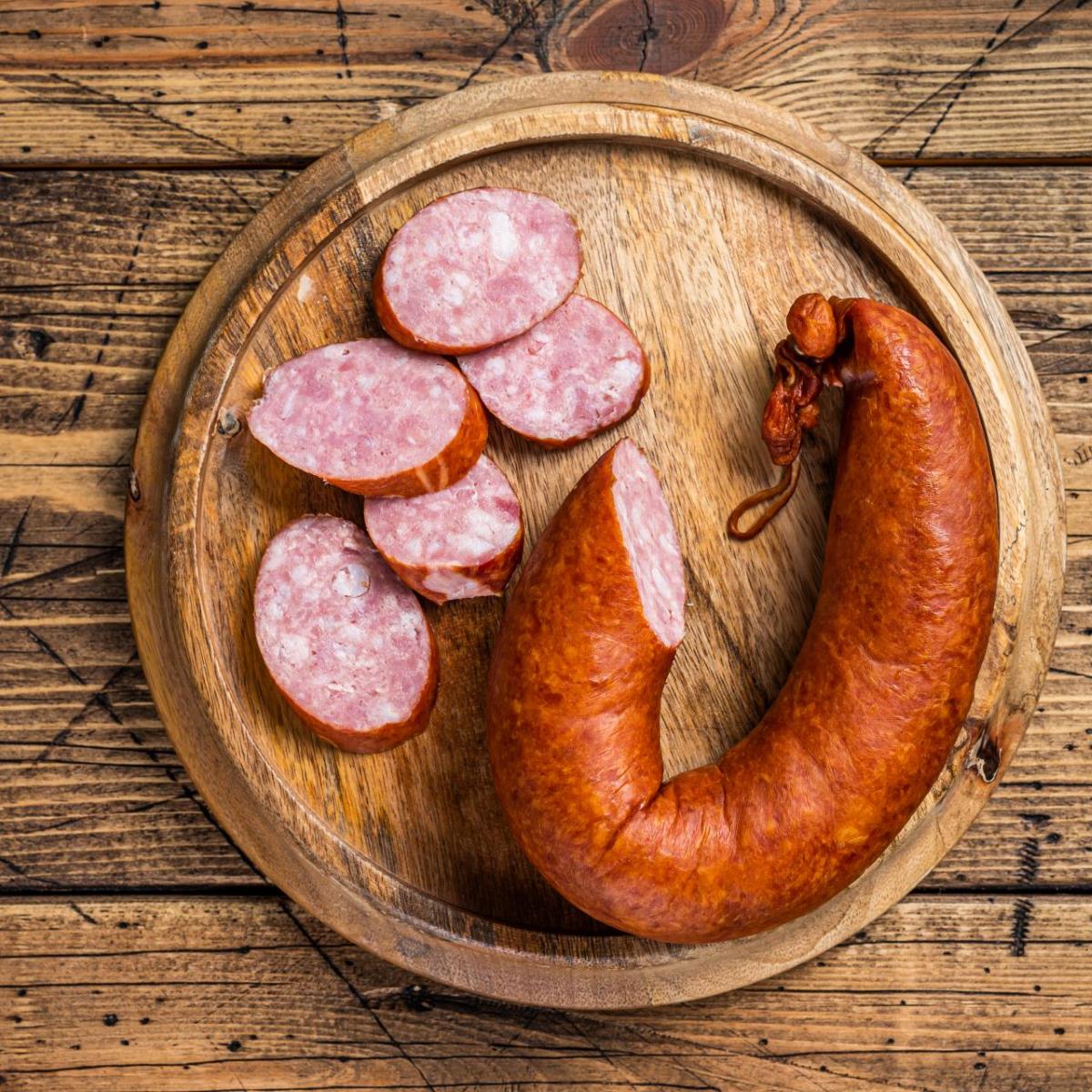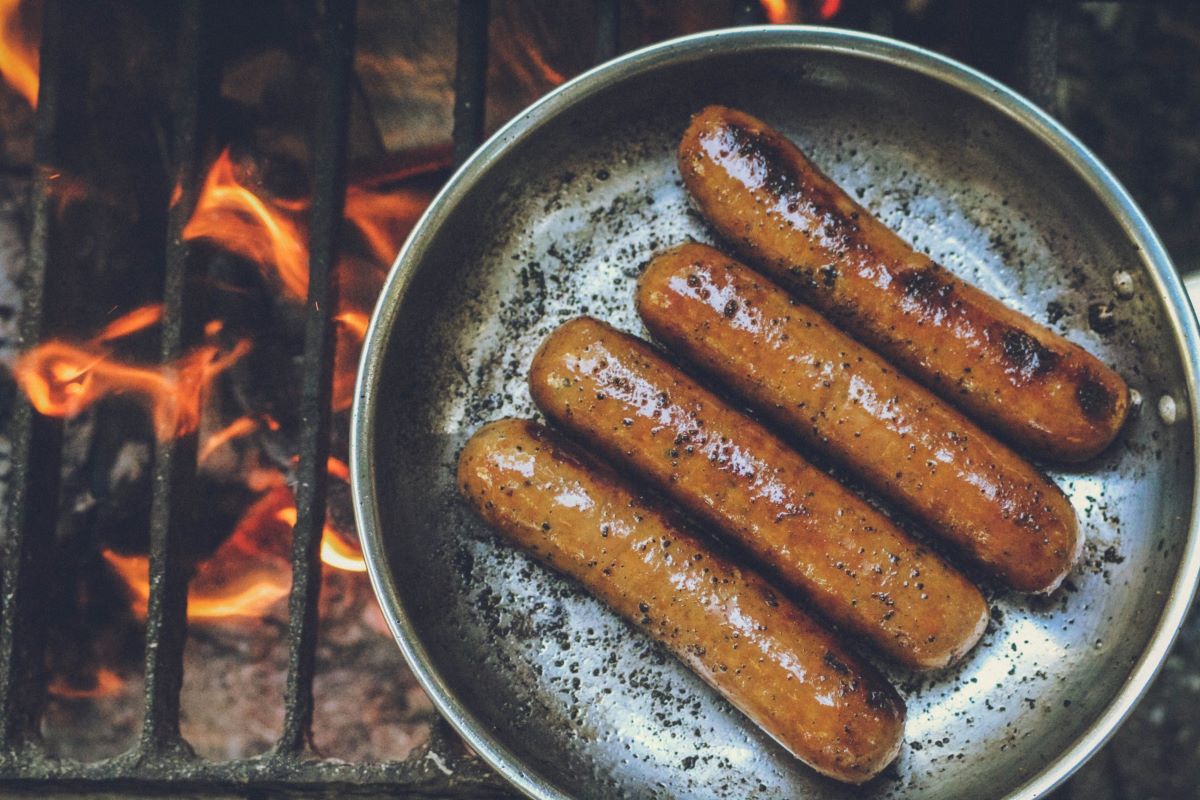Pan frying Cornish hens offers a delightful way to enjoy this succulent poultry. Perfect for special dinners or a cozy night in, mastering the technique ensures a crispy skin and juicy interior every time. Before diving into the kitchen, understanding the basics—from selecting the right birds to the ideal pan—sets the stage for culinary success. This guide walks you through each step, from preparation to the final sizzle in the pan. Whether you're a seasoned chef or a kitchen novice, pan frying Cornish hens can be simple, rewarding, and delicious. Let's get started on this culinary adventure.
Gather Your Ingredients
- 2 Cornish hens, approximately 1 to 1.5 pounds each
- Salt, to taste
- Black pepper, freshly ground, to taste
- 2 tablespoons olive oil
- 4 cloves garlic, minced
- 1 teaspoon dried thyme
- 1 teaspoon dried rosemary
- 1/2 lemon, for juice
- 1 tablespoon butter
Essential Tools for Cooking
- Large skillet (preferably cast iron for even heating)
- Meat thermometer (to ensure proper internal temperature)
- Sharp knife (for splitting the hens)
- Cutting board (for prepping the hens)
- Tongs (for flipping the hens during cooking)
- Paper towels (for patting the hens dry before cooking)
- Oven mitts (for handling the hot skillet if oven finishing is required)
For perfectly pan-fried Cornish hens, ensure they're thoroughly dried before seasoning. Use medium heat with butter and olive oil blend, flipping once for even browning and juicy interior.
The Art of Cooking Cornish Hens
Pan frying Cornish hens offers a crispy skin and juicy meat, enhancing their delicate flavor. This method allows for precise control over cooking temperature, ensuring that the meat is perfectly cooked without drying out. Additionally, pan frying uses minimal ingredients, highlighting the natural taste of the hens.
Choosing to pan fry Cornish hens also saves time and is ideal for smaller kitchen spaces. Unlike roasting or grilling, this technique doesn't require preheating an oven or outdoor grill, making it a convenient option for quick, flavorful meals. Plus, it adds a beautiful golden color to the dish, making it visually appealing.
Your Step-by-Step Cooking Guide
-
Prepare Cornish Hens
- Thaw Cornish hens if frozen.
- Rinse under cold water; pat dry with paper towels.
- Use kitchen shears or a sharp knife to split hens in half lengthwise.
-
Season
- Rub each half with olive oil.
- Sprinkle generously with salt, pepper, and your choice of herbs (rosemary, thyme, garlic powder).
-
Preheat Pan
- Heat a large, heavy skillet (cast iron preferred) over medium-high heat.
- Add a couple of tablespoons of olive oil or butter to coat the bottom.
-
Pan Fry
- Once the pan is hot, place hen halves skin-side down.
- Cook without moving them for about 5 minutes or until the skin is golden brown and crispy.
- Turn the halves over and cook for another 5 minutes.
-
Lower Heat
- Reduce heat to medium.
- Cover the pan with a lid or aluminum foil.
- Continue cooking, turning occasionally, until the hens are cooked through. This usually takes about 25-30 minutes.
-
Check Doneness
- Insert a meat thermometer into the thickest part of the hen, not touching bone.
- Hens are done when the thermometer reads 165°F (74°C).
-
Rest Before Serving
- Remove hens from the pan and let them rest on a cutting board for 5-10 minutes before serving. This allows juices to redistribute.
-
Serve
- Serve hot, garnished with fresh herbs or lemon wedges if desired.
Mastering the Art of Pan-Fried Cornish Hens
Pan-frying Cornish hens is a skill that'll impress at any dinner table. With the right techniques, these birds transform into a succulent feast, boasting crispy skin and tender meat. Remember, patience is key. Letting the hens rest before serving ensures all those delicious juices redistribute, making every bite worth the wait. Don't shy away from experimenting with herbs and spices; they're your best friends in elevating the flavor profile of your dish. Whether you're cooking for a special occasion or just spicing up your weekday dinner routine, mastering the art of pan-frying Cornish hens is a surefire way to bring gourmet dining into your home. So, grab your skillet and let's get cooking – your culinary adventure awaits!
All Your Questions Answered
How long does it take to pan-fry Cornish hens?
Pan-frying Cornish hens usually takes about 20 to 25 minutes. You'll want to ensure they're cooked through, reaching an internal temperature of 165°F. Keep that meat thermometer handy to check without guessing.
What's the best way to prepare Cornish hens for pan-frying?
First off, pat your hens dry with paper towels; this helps get that skin nice and crispy. Season them inside and out with your favorite herbs and spices. A little salt, pepper, garlic powder, and thyme can do wonders. Don't forget to truss the legs together and tuck the wing tips under the body to keep everything compact.
Can I stuff Cornish hens before pan-frying?
Sure thing, but keep the stuffing light and not too dense. Think about using aromatics like lemon wedges, garlic cloves, or fresh herbs. These won't only flavor the meat from the inside but also help keep it moist. Remember, stuffing increases cooking time, so adjust accordingly.
What type of pan works best for frying Cornish hens?
A large, heavy skillet, preferably cast iron, is your best bet. It distributes heat evenly, ensuring your hens cook thoroughly and get that desirable golden-brown crust. If your skillet isn't big enough for both hens, consider working in batches.
How do I know when the hens are done cooking?
Besides reaching the safe internal temperature of 165°F, look for clear juices running from the meat when you pierce it with a knife. The skin should be golden and crispy, and the legs will move easily in their sockets.
Is there a way to keep the hens moist while pan-frying?
Absolutely! Basting is your friend here. After the hens have been seared on all sides, lower the heat, add a bit of butter or oil, and spoon it over the hens as they cook. Covering the pan with a lid for part of the cooking time can also help lock in moisture.
Can I make a sauce with the pan drippings?
Definitely, and you should! After removing your hens, deglaze the pan with a little broth, wine, or water. Scrape up those tasty bits stuck to the bottom, add some herbs, and let it simmer until thickened. It's a simple way to elevate your dish to the next level.
Was this page helpful?
Read Next: How To Pan Fry Steak Chunks

